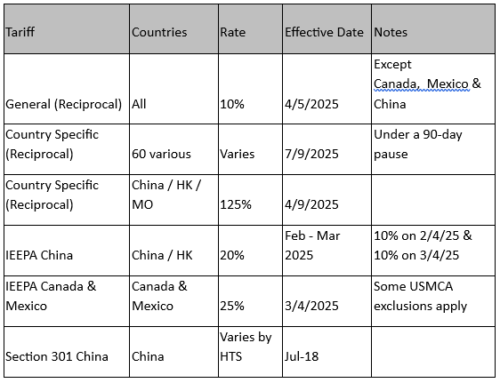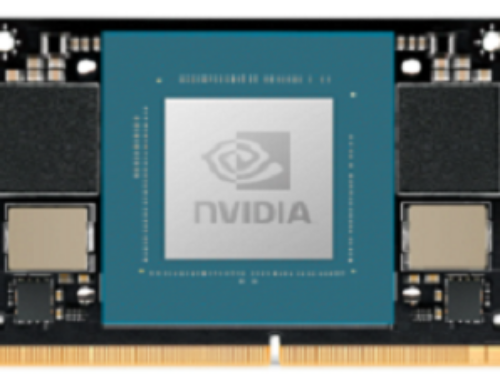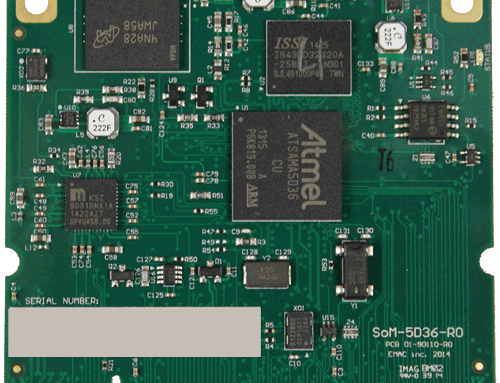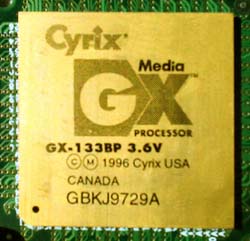
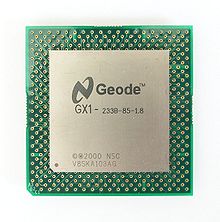
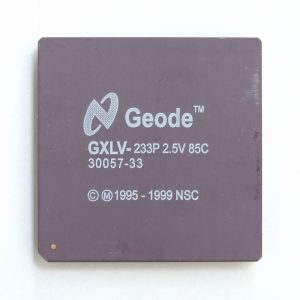
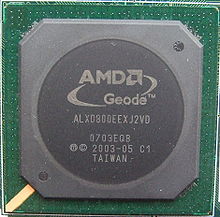
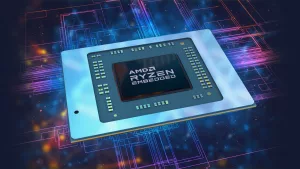
The LX800 Started out as the Cyrix MediaGX processor. This CPU was first built and delivered in computers in 1997. The MediaGX CPU was an alternative to the Intel and AMD Socketed CPUs of the time. The MediaGX name was kept by the Cyrix division of National Semiconductor; until 1999 when National Semiconductor redesigned the CPU into the NS Geode. The NS Geode GX and LX processors were the result of National’s merging with Cyrix, and updating the MediaGX Core to continue production. AMD then licensed the Geode GX core in 2002 and then turned around to purchase the Geode processor IP and production business from National in 2003. Just before AMD released their redesigned Geode processor as the AMD Geode LX core. The Geode LX800 was targeted to thin clients and Industrial control systems, where it settled in as a go-to chip for embedded systems. At launch the LX800 quickly replaced the AMD K5 133 PR75 CPU, the 586 CPU that had been the go-to processor for many embedded SBC boards and systems. The AMD K5 133 processor was the previously offered embedded processor from AMD.
The PCM-4823 SBC board was replaced with the AMD Geode LX800 SBC PCM-9375
When released the AMD Geode LX processor offered faster DDR memory. The ability to use newer and cheaper DDR 333 “PC2700” or DDR400 “PC3200” memory. This was a big improvement, at the time, in performance. However, this memory would also lead to issues later in life, as older DDR memory got harder to the source. As the AMD Geode LX processor still controls memory refresh as more memory is added the speed the CPU loses more processing time. At 512MB of DDR333 memory, the Geode processor loses 50% of it’s clock cycles to memory refresh, then at 1024MB of ram the processor is down 70% of its clock cycles. This is also why the AMD Geode Processor cannot run DDR400 speed memory above 512MB, as the CPU cannot refresh the memory fast enough and provide processing time.
Having been near the end of its life several times, the AMD Geode LX has weathered constant pressure from completion such as the VIA processors on the x86 side and strong opposition from ARM processors fighting for the low-end business, embedded and industrial marketspaces. The Geode LX even outlived it’s first planned replacement from AMD. The AMD G-series LX SoC Processors were designed, released, and updated through three generations and all still retired before the end of the Geode LX800 era. In 2009 AMD released that it had no more plans to update the Geode LX processor line with the release of the AMD G-Series LX processors, but extended the ability to purchase the AMD Geode LX800 processors to 2015, then in 2016 AMD updated its roadmap to extend the life of the Geode LX family to 2019. The final extension came in 2018 when embedded hardware manufacturers, led by Congatec, were able to get AMD to extend the Geode LX processor through 2021. With the last shipments of the LX800 processor expected in Q1 2022, we are finally realizing the processor may actually be near its end. This is confirmed with manufacturers discontinuing support hardware needed by this now legacy processor. Recently it has been noted that several components required to build LX800 products have gone EOL.
Pushing toward the future AMD has moved their embedded business to their new AMD Ryzen Embedded V1000, Ryzen Embedded V2000 and soon-to-be-released AMD Ryzen Embedded V3000 processors. These processors were designed by merging the “Zen” CPU and “Vega” GPU Architectures into a seamless integrated SOC providing next-generation processing and graphics capabilities. Able to run quad 4K Displays, encode & decode 4K video streams, and hit 3.6 TFLOPS of performance. While still being able to operate in -40°C to 85°C industrial temperature operating environments. The performance of these new processors leaves the AMD LX800, LX500 and LX900, as well as the AMD Embedded G-series LX and AMD Embedded R-Series processors in their dust. The AMD Embedded R-series processors were the first step toward the Embedded Ryzen V1000 CPUs, AMD realized and updated these CPUs.
The AMD Ryzen Embedded CPU family is more like something I had hoped AMD would do to the Geode LX processor back in the early 2000’s while they were redesigning it. This would have been to put their K6 x86 dual integer units and single clock “3DNow!” floating-point math cores into the Geode, making it a viable alternative to the other processors at the time. However, keeping it as a simple set-top processor has proven to be a good move, giving it a 22-year product life without those extra capabilities.
Looking at what boards we have:
The PICO-V2K4 is one of the most versatile PICO-ITX SBC boards offering multiple 4k Displays outputs and up to 8 core and 16 Thread processing capabilities.
While the de next-V2K8 offers the smallest SBC form factor in a Femto-ITX format. This board offers processing power in a compact format.
Article by :
Allan Shotts
Technical Sales @ EMAC, Inc.

